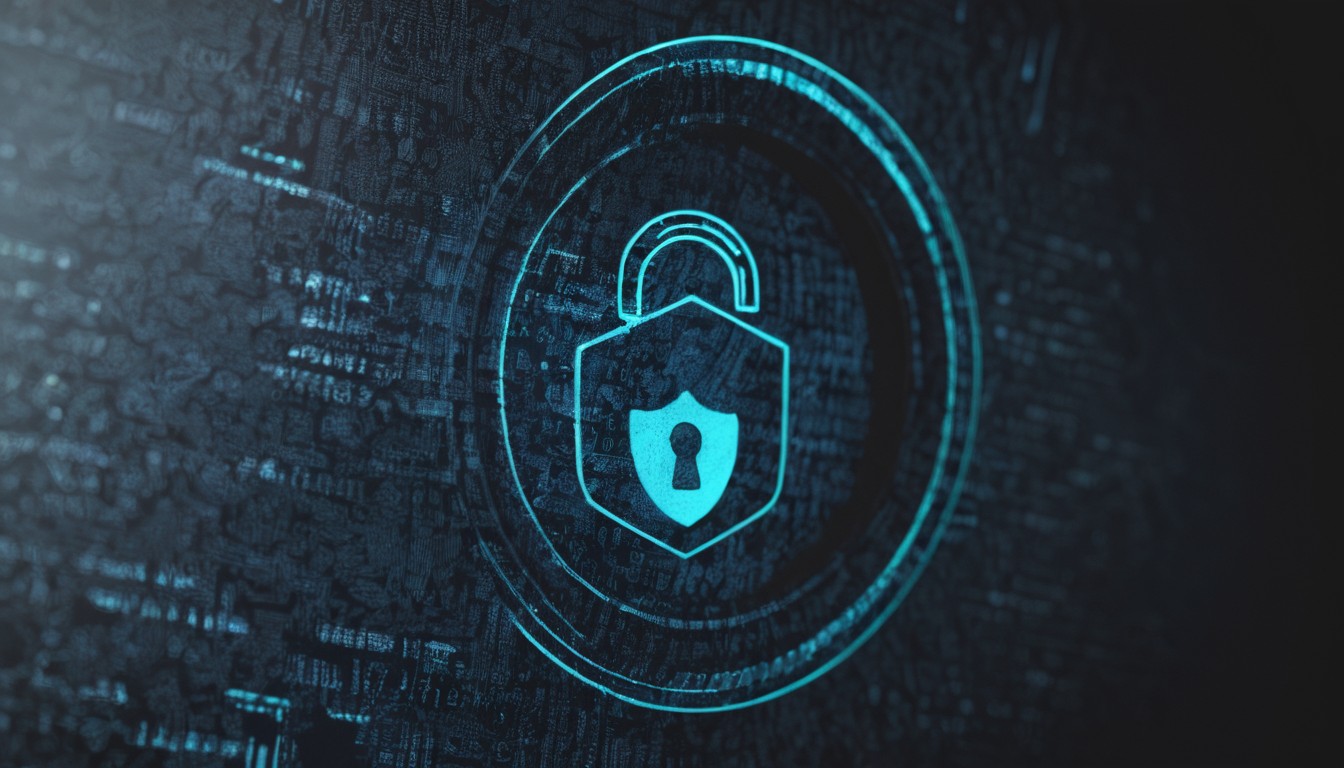In today’s rapidly evolving digital landscape, cybersecurity threats are not only growing in number but in complexity. Two major challenges are proving especially difficult to overcome: supply chain vulnerabilities and the cybersecurity workforce shortage. These issues are exacerbated by emerging technologies like artificial intelligence (AI) and quantum computing, which are reshaping the global security environment.
The Impact of Supply Chain Vulnerabilities
With the increasing reliance on interconnected global supply chains, cybercriminals are finding new entry points to exploit. According to a report by the World Economic Forum, more than 200 critical and emerging technologies are expanding the potential attack surface. By 2025, an estimated 75 billion connected devices will be in use, each representing a potential vulnerability.
These threats are especially concerning for industries like manufacturing, healthcare, and logistics, where the failure of just one critical supplier can disrupt entire operations. Supply chain attacks like SolarWinds and the XZ Utils compromise in 2024 have demonstrated how cyberattacks can ripple through networks of vendors, leading to widespread damage.
Key risks include:
- Third-party vulnerabilities: As businesses rely on external partners for software and services, they expose themselves to the security practices—or lack thereof—of those partners.
- Lack of visibility: Many companies do not have a full understanding of who their suppliers are or what security protocols they have in place.
- Complexity of emerging technologies: AI, quantum computing, and IoT devices introduce new risks that many supply chain operators are not prepared to handle.
The Cybersecurity Workforce Shortage
The growing threat landscape is exacerbated by a critical shortage of cybersecurity professionals. Emerging technologies require specialized skills, and there simply aren’t enough experts to go around. A 2024 report highlights that 56% of global leaders believe cyber attackers have the upper hand, largely due to this workforce gap.
Key workforce challenges include:
- Lack of specialized skills: New technologies like quantum computing and AI demand advanced expertise that is in short supply. Cybersecurity professionals must be continuously trained to stay ahead of evolving threats.
- High demand, low supply: With the global cybersecurity workforce gap expected to reach millions by the end of 2024, organizations are struggling to fill crucial positions.
- Burnout: The rising frequency and severity of cyberattacks contribute to workforce burnout, as many professionals face immense pressure to safeguard critical systems with limited resources.
Solutions for Strengthening Cybersecurity
Addressing both supply chain vulnerabilities and workforce shortages requires coordinated action across industries and governments. Some solutions include:
- Building cyber resilience: Businesses must adopt a resilience-by-design approach, ensuring that they not only defend against attacks but also recover quickly from disruptions.
- End-to-end supply chain security: Implementing robust security measures across every stage of the supply chain is crucial. This involves rigorous vetting of suppliers, continuous monitoring, and adopting best practices for vendor risk management.
- Upskilling and recruitment: To close the workforce gap, organizations must invest in training and recruiting new talent. This includes fostering partnerships with universities, offering on-the-job training, and encouraging continuous learning in areas like AI-driven security and quantum encryption.
- Automation and AI: Deploying AI-driven tools for threat detection, automated response, and vulnerability management can reduce the burden on overstretched teams while improving overall security.
The twin challenges of supply chain vulnerabilities and workforce shortages represent significant hurdles to securing our digital future. As cyber threats continue to evolve, businesses and governments alike must prioritize investments in both technology and talent to protect critical systems. By adopting a proactive, resilience-driven approach, organizations can ensure their defenses are robust enough to withstand the challenges ahead. If you have any questions contact us today!





